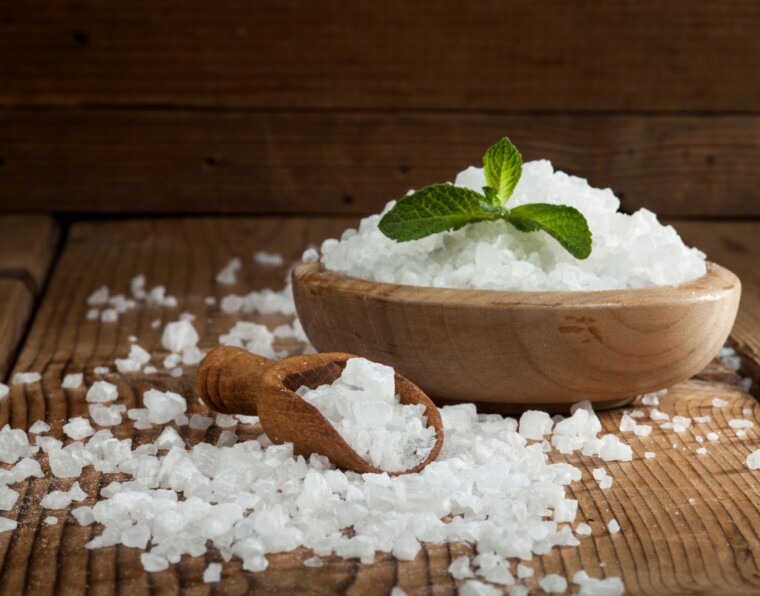One of the most exciting discoveries in anti-aging lately is that niacinamide and lactic acid both have amazing skin benefits. They’re both known as humectant. Which means they attract moisture to the surface of your skin and help keep it hydrated. Both of these substances are also effective at keeping skin clean, clear, and healthy by strengthening barrier function, improving cell turnover, and increasing the rate atllular enzyme exfoliation (the natural process by which dead skin cells are sloughed off). When we combine these two superstar ingredients in skincare products, we get a result that’s even more amazing than each one alone! Let’s take a look at how you can use niacinamide and lactic acid together for incredibly beautiful skin
What is Lactic Acid?
Lactic acid is naturally occurring in citrus fruits, sugarcane, tomato, potatoes, and some vegetables. It’s also produced industrially from sugar beets. This substance has many uses, including the production of bioactive foods, beauty products, and dietary supplements. In skincare products, lactic acid is widely used as a humectant and soothing ingredient. It’s known to improve the appearance of skin by increasing the hydration level, decreasing the appearance of wrinkles, and smoothing the appearance of texture. It also helps skin look more youthful by nourishing the dermal layer and boosting collagen production. Lactic acid can be found in many skincare products as a humectant. A humectant is a substance that attracts water to the surface of the skin. This makes skin look and feel more hydrated. It’s also been shown to improve the appearance of wrinkles and improve skin texture.
What is Niacinamide?
Niacinamide is a B vitamin-like substance that’s naturally produced by the skin’s sebaceous glands and upper levels of the skin’s epidermis. Niacinamide has many skin benefits, including increased skin hydration, reduced acne, and improved skin texture. It has been shown to improve skin texture by increasing collagen production. It also has anti-inflammatory and anti-aging properties. It’s a strong antioxidant that can prevent UV damage, reduce acne, and even reduce the formation of wrinkles. It can be found in many different beauty products, from anti-aging serums to moisturizers.
Benefits of Using Lactic Acid and Niacinamide Together
- Lactic acid is a substance known for its ability to increase skin hydration. When combined with niacinamide, this effect is enhanced. Together, they can help improve the appearance of wrinkles and fine lines.
- They can also help reduce the appearance of acne by regulating skin sebum production, reducing inflammation, and decreasing Propionibacterium.
- Both substances are effective at strengthening the skin’s barrier function. This means they can help prevent germs likeacteria, viruses, and pollutants from entering your skin. The stronger the barrier function, the healthier the skin.
- Lactic acid is also a powerful antioxidant. It can prevent UV damage, reduce the risk of skin cancer, and even reduce wrinkled appearance.
6 Ways to Use Lactic Acid and Niacinamide Together in Your Beauty Routine
When used in skincare products, lactic acid and niacinamide can help improve the appearance of wrinkles, increase skin hydration, and reduce acne. To use them together, look for products that have both lactic acid and niacinamide as their main ingredients.
- Use lactic acid and niacinamide as a skin brightening duo by mixing it into your favorite anti-aging cream. Alternatively, you can mix it into your daily moisturizer to help even skin tone.
- Lactic acid and niacinamide are effective at reducing the appearance of dark spots. To use them in this way, mix a few drops of either into your favorite serum or spot treatment. Alternatively, you can add a few drops of niacinamide to your moisturizer to reduce the appearance of fine lines and wrinkles.
- Lactic acid and niacinamide are both good exfoliants. When used together, they can help slough off dead skin cells and improve cell turnover. This makes them effective at reducing the risk of wrinkles, skin texture issues, and aging spots.
- When used in skincare products, lactic acid and niacinamide can help improve the clarity of your skin. It can help reduce the appearance of blemishes and pores and unclog your pores.
Which Products Should You Add NIACINAMIDE and LACTIC ACID Together?
There are so many products that can be added to this duo. Here are a few to get you started:
Serums:
Lactic acid and niacinamide help boost the performance of serums by increasing their efficacy. They can be added to serums to help brighten and reduce the appearance of wrinkles and skin texture.
Masks:
Masks are an easy way to incorporate these two ingredients. You can mix a few drops of lactic acid and niacinamide into your moisturizer to use as a mask when you’re not feeling well.
Toner:
Lactic acid and niacinamide are also effective when used in toner formulas. A toner is a great way to deliver potent ingredients to the surface of your skin.
Hydration Boosters:
Niacinamide and lactic acid are both powerful humectants that can help improve skin hydration levels. To use them in this way, mix a few drops of each into your favorite moisturizer.
Anti-aging and Sun Protection:
Both of these ingredients are effective at preventing skin damage from the sun and aging. To use them in this way, mix a few drops of niacinamide into your daily moisturizer or sunscreen.
Final Words
Lactic acid and niacinamide are two of the most exciting ingredients to come along in the anti-aging world in a long time. These two vitamins have been used in skincare products for many years, but now there’s scientific evidence that proves how effective they are at fighting against the signs of aging. They can be used together to boost the performance of each, increase the health of your skin, and even reduce the risk of developing skin cancers. When used together, they can help keep your skin looking and feeling young and healthy for years to come.




